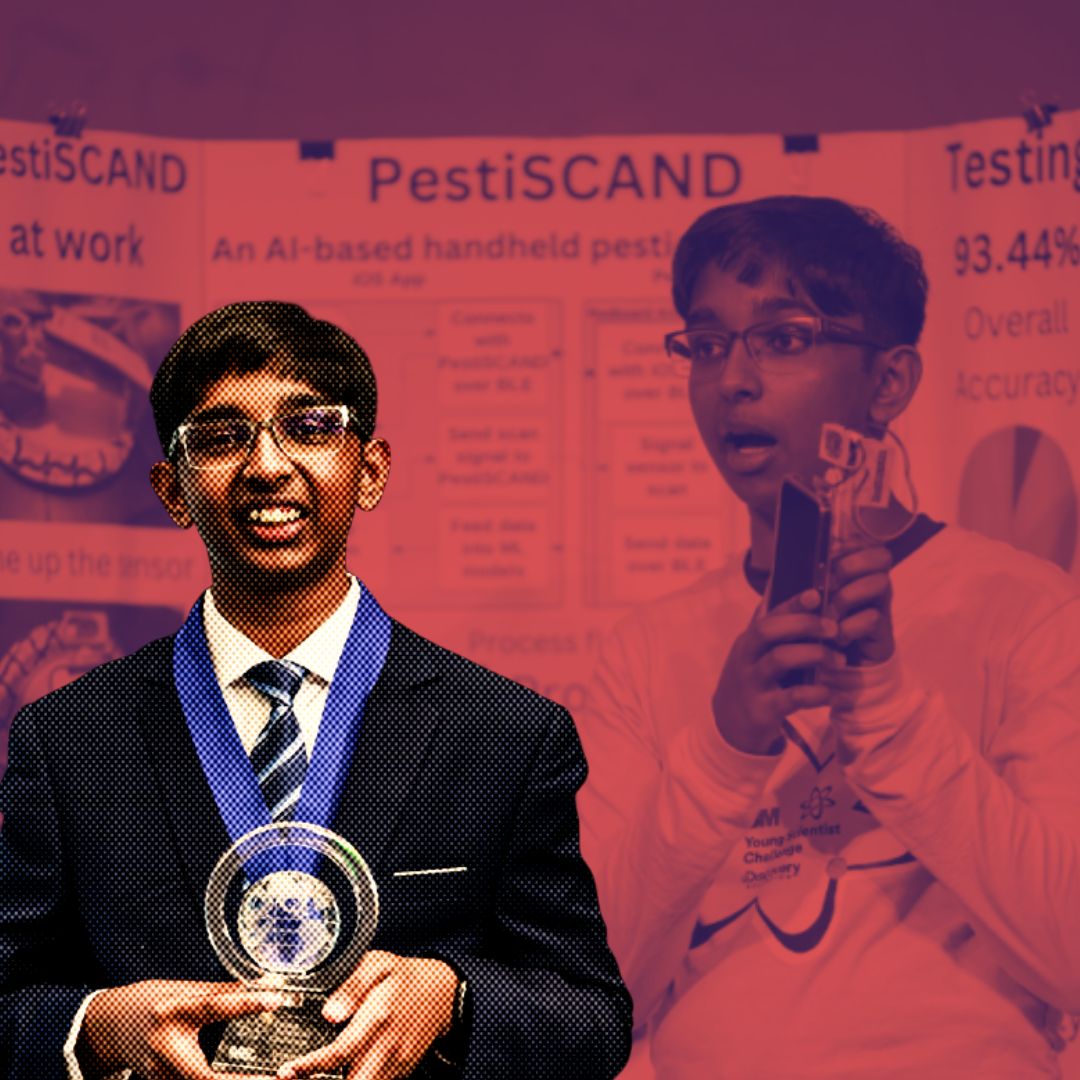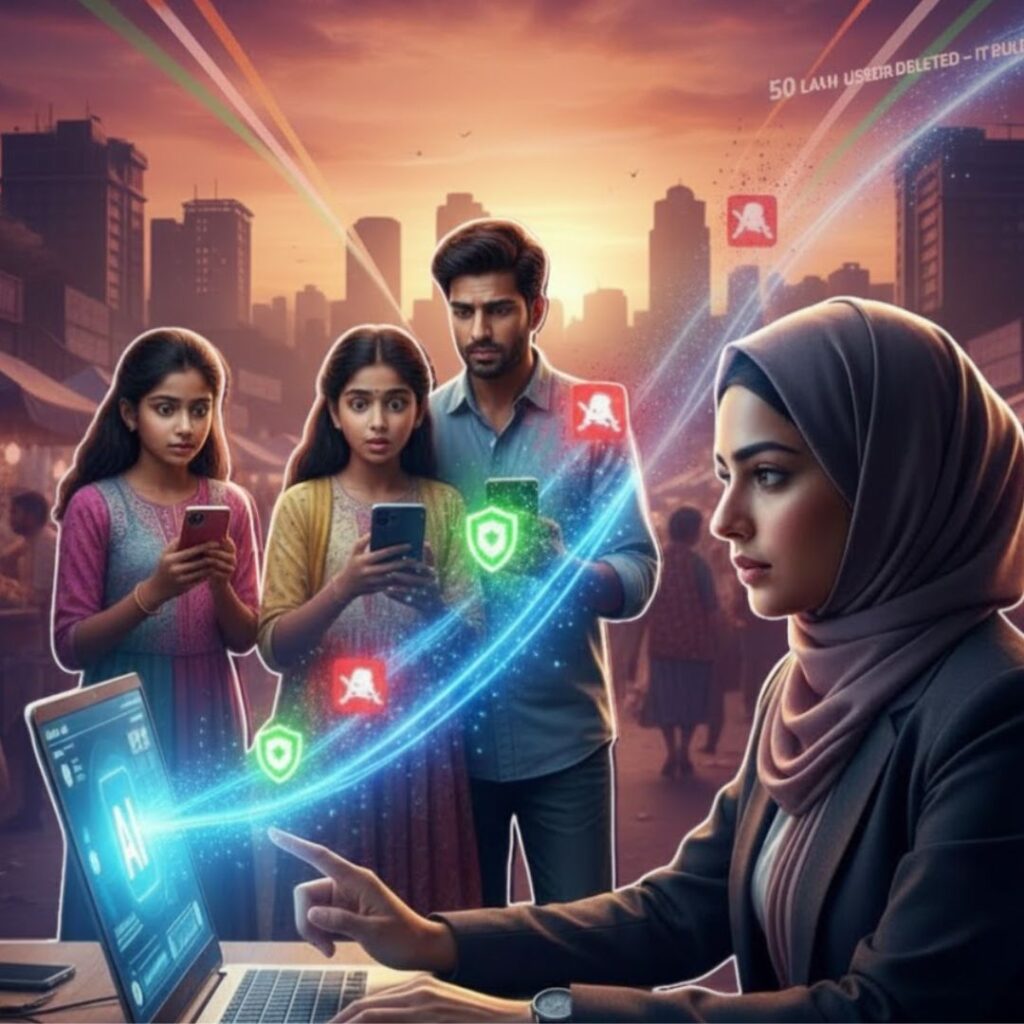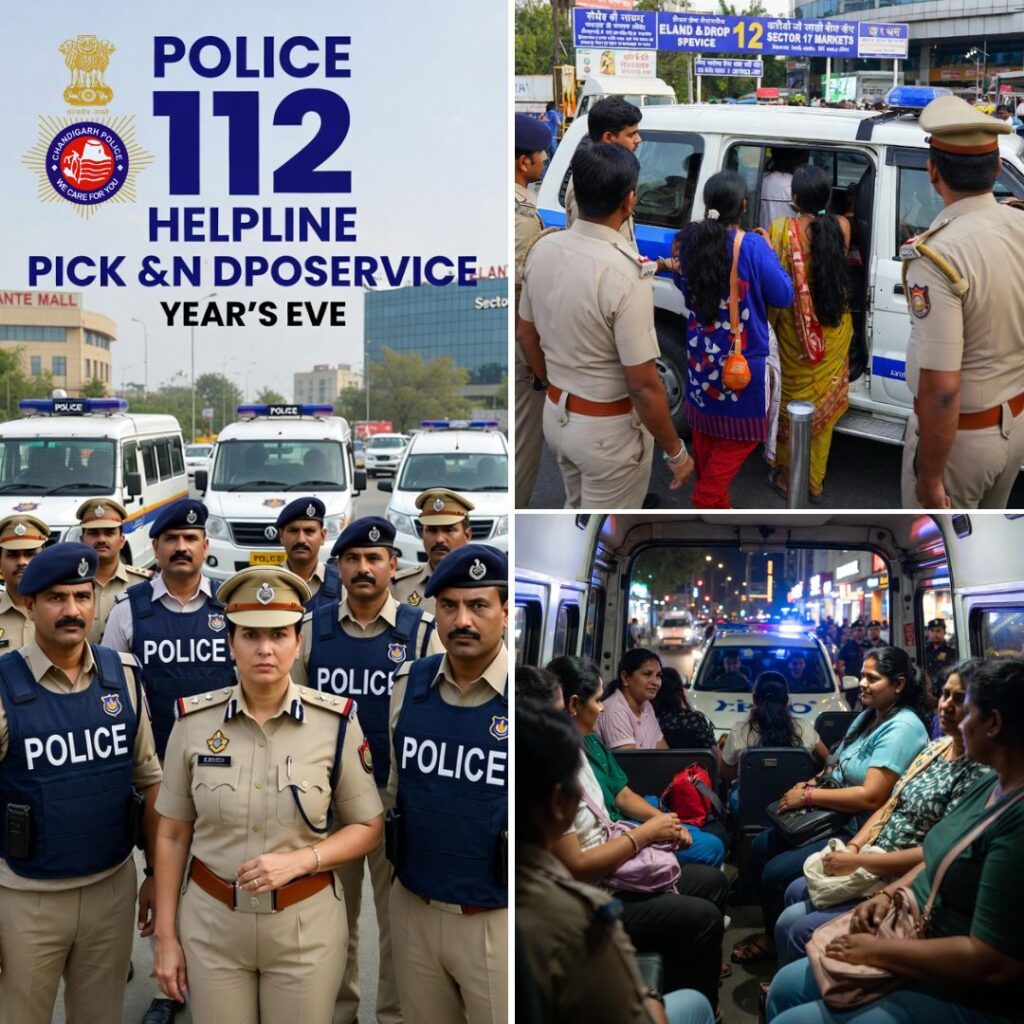Sirish Subash, a 14-year-old from Snellville, Georgia, has recently gained national recognition for his groundbreaking invention aimed at enhancing food safety. He developed PestiSCAND, an AI-based handheld device designed to detect pesticide residues on fruits and vegetables, which earned him the title of America’s Top Young Scientist at the prestigious 3M Young Scientist Challenge held on October 14-15, 2024.
The Motivation Behind PestiSCAND
Sirish’s journey began with a simple yet profound question: “Does washing produce really remove pesticides?” This curiosity was sparked by his mother’s insistence on washing fruits and vegetables before consumption. Through his research, he discovered that approximately 70% of produce contains pesticide residues linked to serious health issues, including cancer and Alzheimer’s. This realization motivated him to create a device that could help consumers verify the cleanliness of their produce after washing.
How PestiSCAND Works
PestiSCAND operates using a non-invasive technique known as spectrophotometry, which measures how light of different wavelengths reflects off produce surfaces. The device connects wirelessly via Bluetooth to a smartphone app. Users simply point the device at the fruit or vegetable and tap a button to scan. If pesticide residues are detected, the app advises users to rinse the produce again.
During testing, Sirish analyzed over 12,000 samples of common items such as apples, spinach, strawberries, and tomatoes. His device demonstrated an impressive accuracy rate of over 85% in identifying pesticide residues, significantly contributing to consumer safety.
Recognition and Awards
Sirish’s innovative project stood out among nine other finalists during the 3M Young Scientist Challenge held in St. Paul, Minnesota. After months of preparation and mentorship from Aditya Banerji, a research engineer at 3M, he successfully showcased his invention. The competition evaluated participants on their ingenuity, application of STEM principles, presentation skills, and ability to inspire others.Winning first place not only awarded Sirish the prestigious title but also a $25,000 cash prize. Judges praised his project for its potential to improve everyday health and safety by addressing dietary exposure to pesticides. Torie Clarke, 3M’s Chief Public Affairs Officer, expressed her admiration for all finalists at the challenge, stating, “I am beyond impressed and inspired by this year’s Young Scientist Challenge finalists who have demonstrated an incredible ability to develop creative solutions to some of the world’s most pressing challenges.”
Expert Opinions
Experts have lauded Sirish’s invention for its potential impact on public health. Alexis Temkin, a senior toxicologist with the Environmental Working Group (EWG), noted that dietary exposure to pesticides is a significant concern linked to serious health effects. She stated, “Diet is really one of the main roots of exposures to pesticides,” emphasizing the importance of tools like PestiSCAND in helping consumers make informed choices about their food.
Gilles Benoit, a judge at the 3M Young Scientist Challenge, remarked that Sirish’s project exemplifies how accessible AI technology has become for young innovators. He highlighted its potential to improve everyday health and safety by providing critical information about food safety.
The Logical Indian’s Perspective
At The Logical Indian, we celebrate innovations that promote health and safety in our communities. Sirish Subash’s PestiSCAND exemplifies how young minds can harness technology for positive social change. In an era where consumer awareness is paramount, tools like PestiSCAND not only empower individuals but also foster a culture of transparency regarding food safety. We believe in nurturing dialogue around such advancements that encourage kindness, empathy, and coexistence. As we reflect on Sirish’s achievement, we invite our readers to consider: How can we further support young innovators in their quest for solutions that enhance our collective well-being?











